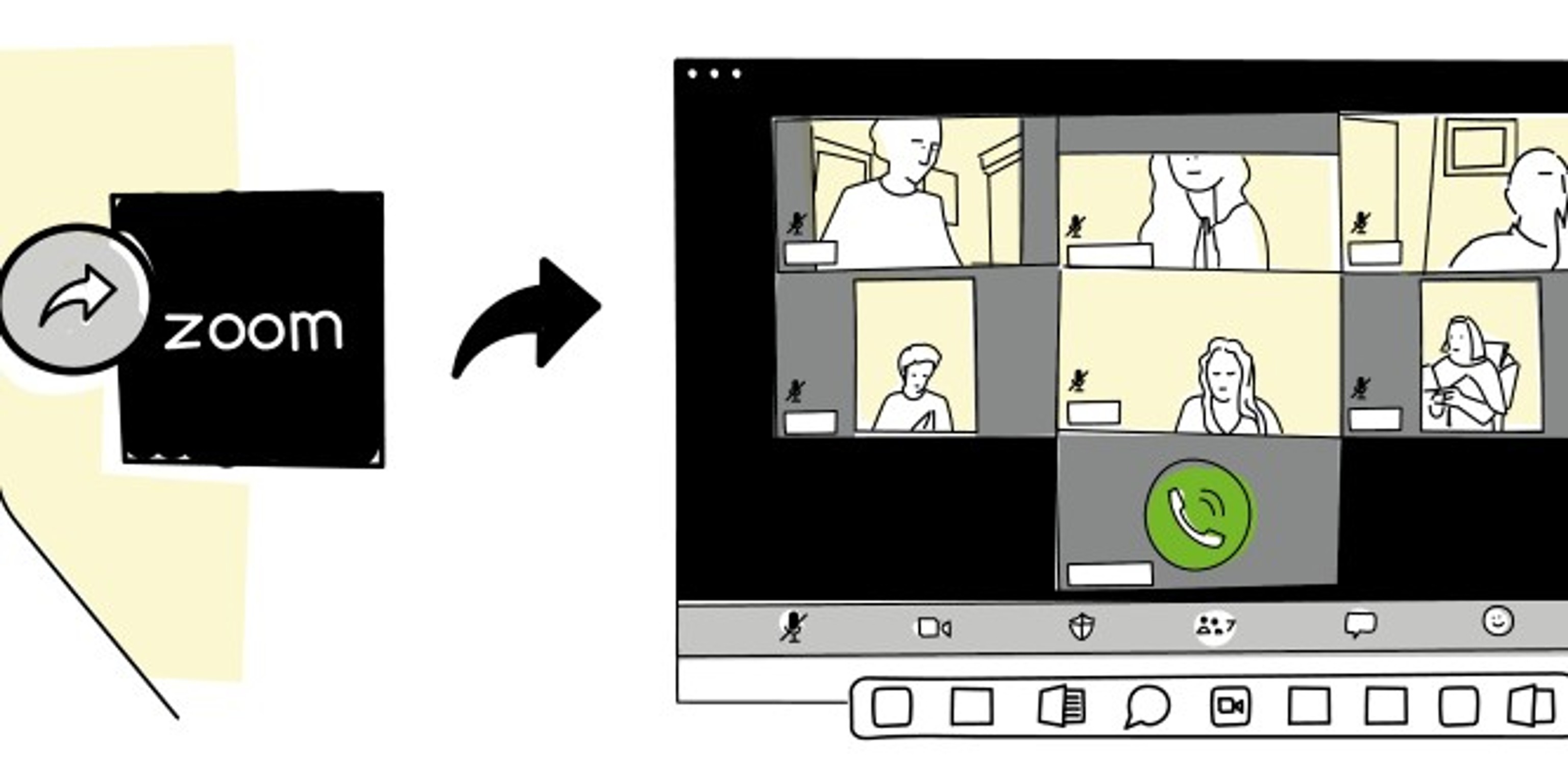
Investigating Buddhism Practice during COVID-19 to Inform Design for the Online Community Practice of Faith
Design Futures


Abstract
This paper explores how members of a UK-based Buddhist community used video-conferencing tools to stay connected to their faith community during the COVID-19 pandemic.
Method
We conducted interviews with 12 members of the Buddhist community and combined their findings with autoethnographic insights from the first author, who is also a member of the community.
Takeaways
The study highlights the potential of digital technologies to support collective faith practices in times of crisis, but also underscores the need for design considerations that address the unique needs of communities of faith in the digital realm.
The COVID-19 pandemic has had a profound impact on our social and cultural practices, including the way we practice faith. With lockdowns and social distancing measures in place, many religious communities around the world had to adapt to the new reality of virtual gatherings and online services.
In the field of Human-Computer Interaction (HCI), there has been relatively little research on the use of digital technologies for the practice of faith. To address this gap, Caro Claisse and Abi Durrant conducted a study on how a group of Buddhist practitioners in the UK used video-conferencing tools to maintain their community and practice during the pandemic.
The study, which was published in ACM CHI 2023 conference proceedings, involved interviews with 12 members of the Buddhist community, as well as autoethnographic insights from the first author, who is also a community member. The researchers aimed to understand how the community adopted online tools for their practice and how these tools shaped new collective experiences. A related aim was to generate design considerations to inspire future design explorations within the HCI field, of mediated practice in communities of faith.
Findings from the study
The findings from the study highlighted the potential of digital technologies for maintaining connections and sustaining collective practice in communities of faith. However, the researchers also found that existing off-the-shelf computer-mediated communication (CMC) tools like Zoom had limitations that impacted the quality of the practice.
The study revealed that the Buddhist practitioners valued certain qualities of their practice that were not fully supported by the online tools. For example, they missed the embodied experiences of being physically present with others, as well as the sensory and aesthetic dimensions of their practice, such as the smell of incense and the sound of chanting.
They also found it challenging to maintain their focus and attention during online sessions due to the distractions of the digital device.
Despite these limitations, the study showed that the use of online tools helped to maintain a sense of community and connection during a difficult time. The researchers argued that these findings have broader implications for the discourse on whole-person wellbeing and community resilience in post-pandemic times.
Design considerations for community practice of faith in the digital realm
The study also highlighted the need for design considerations that address the unique needs of communities of faith in the digital realm. The researchers suggested that HCI researchers should embrace critical techno-spirituality and participatory approaches whilst drawing upon Tangible Embodied Interaction (TEI), Soma Design, Research through Design (RtD), and More-than-Human discourses to support the development of technology-mediated interactions that can enhance the spiritual experiences of practitioners.
While the study focused on the practice of Buddhism and was based on a small sample of UK-based practitioners, the researchers argued that their findings are transferable to HCI research with other communities of faith. The study highlights the need for further research on the use of digital technologies for community or collective [CC1] practice of faith and the importance of designing technology that supports the spiritual and cultural practices of diverse communities.
In conclusion, it sheds light on the potential of digital technologies for maintaining connections and sustaining collective practice in communities of faith during the pandemic.
However, it also highlights the limitations of existing online tools and encourages the development of bespoke designs that address the unique needs of communities of faith in the digital realm. The study has important implications for the broader discourse on whole-person wellbeing and community resilience in post-pandemic times, and underscores the need for further research in this area.